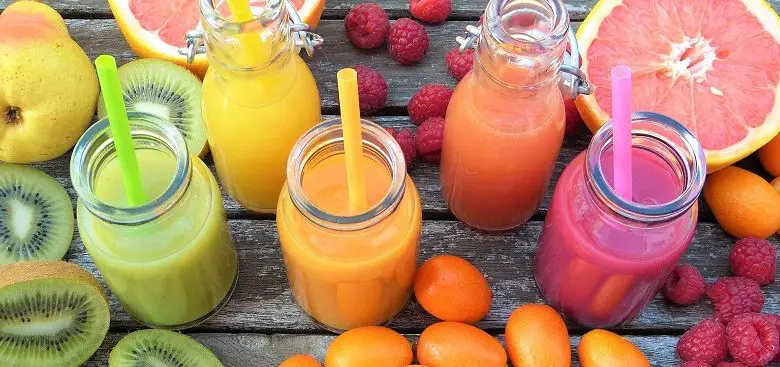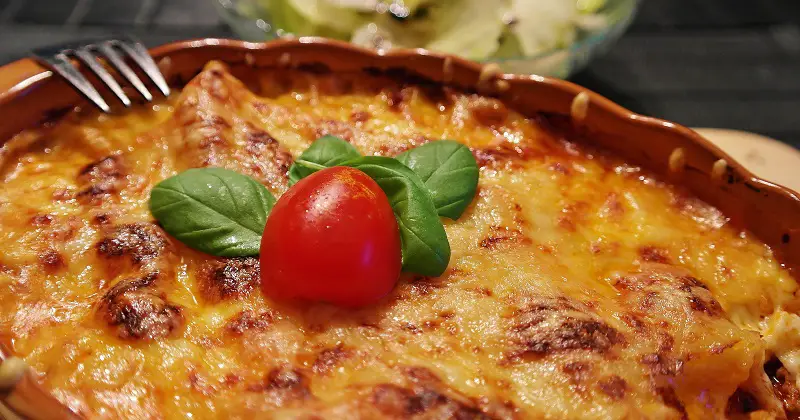
Cerebral palsy: why a soft diet is perfect for me
This is an updated post from our archives about Simon Stevens’ personal journey with cerebral palsy and his approach to eating, now serving as a tribute to a remarkable disability advocate who championed personal choice and independence, and who sadly passed away in August 2023:
Simon Stevens, who has cerebral palsy, has battled for years with his relationship to food, after numerous professionals have recommended he uses a tube. But Simon prefers to be independent and eat himself. Here, he explains how he’s discovered the right balance – and how you can too.
Due to my cerebral palsy and other health issues, I’ve had difficulties with my diet for a lot of my life.
Now, I’m 45 and eat fairly independently. I have no teeth due to various, but I eat very well without dentures (I worry that with my spasms they would end up flying if I coughed!).
But it’s not always been like that. The main difficulties have concerned healthcare professionals, such as speech and language therapists and physiotherapists.
Because I aspirate (inhale) my food, they have always wanted me to be ‘peg fed’. PEG stands for percutaneous endoscopic gastronomy. It essentially means being fed by a tube that goes directly into your stomach.
I have always made it clear that I personally don’t want to be fed using a PEG.

Being tube-fed
In November last year, I was hospitalised due to chest issues. When there, my heart stopped and I was rushed to critical care, where I was in a coma for 11 days. This was shortly followed by a 2-day coma, just to put the cherry on the cake. You need a sense of humour about these things!
I finally woke up confused to find I was nil by mouth and had a nasal gastric tube. Different from a PEG, this is when a tube is put up your nose and nutrients pumped into your stomach.
When I was transferred to a normal ward, there was some debate as to whether I should be kept on the tube.
After a lot of persuasions, the speech and language therapy team agreed I could have a softer diet, so long I sat upright, which I always do.
When I am restricted to a hospital bed, I am highly dependent. It means that I need to be fed (through a tube or orally) and use nappies.
Once I have the strength to transfer to my wheelchair, things get easier. I can feed myself and go to the toilet with assistance.
In my own home, with the support of personal assistants, I am independent as it has been set up to meet my need.
This is just one example of when professionals have wanted me to use a tube – I often have to fight my corner.
Following a soft food diet
When I first came to hear of a ‘soft diet’, I did not need it. At that time, I was very young and a pupil at the Queen Elizabeth II Silver Jubilee School. This was back in 1978 when the school was opened by the Queen, which I attended. I only remember jelly and Ice cream!
Back then, a soft diet meant having normal food liquidised into mush, which never appealed to me.
My second experience with a soft diet was when, despite my own difficulties, I was a helper/carer for adults with severe impairments.
There, I supported a guy with no formal communication and swallowing difficulties. He had liquidised food and I became an expert in thickening his drinks.

I started to wonder whether there was a better way to have a softer diet. That’s when I realised that I naturally prefer softer food, but in a natural and mainstream way.
The list of foods I would consider soft is endless, but to get you started, here are just a few of them:
- Weetabix
- porridge
- lasagne
- cottage pie
- cottage cheese
- baked beans
- yoghurt
- ice cream
- rice pudding
- smoothies and frapaccinos
- poached or scrambled egg
- chill con chilli with lots of grated cheese
- and gravy and sauces can make other food softer.
Things to avoid include salad, hard vegetables, red meat and dry food.
I am not perfect and I do eat things that I technically shouldn’t at my own risk. I like Mcdonalds, although it is possible to customise items, for example removing the bun from a burger. KFC is another favourite.
I have always loved my food and refuse to give it up. And it is not just about taste, but rather the texture too.
Meat can be slow-cooked, making it softer to eat. Nachos or other crisps can be crushed and added with sour cream or their dips.
In most restaurants, there is normally a softer option available if you ask for no salad and extra gravy or sauces to be added.
Hospital food has always been difficult, and I am often stuck with a jacket potato with cheese and beans. Having said that, one hospital I stayed at had good quality soft food from Wiltshire Food Farms, so it does exist.
In summary, If you believe eating as opposed to being tube-fed is the right option for you, state your case. And if you’re considering a softer diet, it does not mean a choice between mushed or baby food.
There is plenty of quality, mainstream soft foods, or ones that can be made so, that are fit for a king. There is also plenty of choice, as long as you use a bit of creativity.
By Simon Stevens
Quick Guide: Meal Adaptation for Swallowing Difficulties
Understanding Swallowing Challenges
People with cerebral palsy or swallowing difficulties often require specialized meal preparation to ensure safe and nutritious eating. The key is modifying food texture and consistency to prevent choking and improve nutritional intake.
Key Meal Adaptation Strategies
1. Texture Modification
- Puree foods to create smooth, consistent textures
- Cut foods into very small pieces
- Avoid mixed consistencies that can cause choking
- Use blending and mashing techniques to create easier-to-swallow meals
2. Recommended Food Preparations
- Soft, tender meats (minced or finely chopped)
- Cooked vegetables until very soft
- Smooth soups and stews
- Scrambled eggs or soft egg dishes
- Pasta with creamy sauces
- Smoothies and nutrient-dense drinks
3. Nutritional Considerations
- Focus on high-calorie, nutrient-dense foods
- Include protein sources like:
- Greek yogurt
- Eggs
- Nut butters
- Soft cheeses
- Add olive oil or cream to increase calorie content
- Use fortified milk (add milk powder for extra nutrition)
4. Feeding Techniques
- Position person upright while eating
- Encourage slow, controlled chewing
- Use specialized utensils if needed
- Consider counting chews (around 30 per mouthful)
5. High-Risk Foods to Avoid
- Stringy or fibrous vegetables
- Whole nuts
- Dried fruits
- Foods with tough skins
- Chunky or mixed-texture meals
Caution: Always consult a healthcare professional or dietitian for personalized dietary advice.
Remembering Simon Stevens: A Disability Advocacy Pioneer
The disability community mourns the loss of Simon Stevens, a maverick disability campaigner known for his unwavering commitment to personal autonomy and challenging conventional medical perspectives. As highlighted by fellow disability advocate Ted Shiress, Simon was renowned for:
- His fierce dedication to going his own way
- Challenging medical recommendations about feeding methods
- Advocating for disabled people’s right to make personal health choices
- Using unique communication styles that defied traditional expectations
This article now stands not just as a guide to soft diets, but as a memorial to Simon’s remarkable spirit of independence and self-determination.
More on Disability Horizons…
- 5 things I want others to know about disability
- How to be a happier and healthier disabled person in 7 small tweaks
- Find kitchen and living aids on the Disability Horizons Shop to help you eat and drink
- Ultimate guide to vitamins and minerals to support well-being – whatever your disability
Originally posted on 23/05/2020 @ 12:06 am